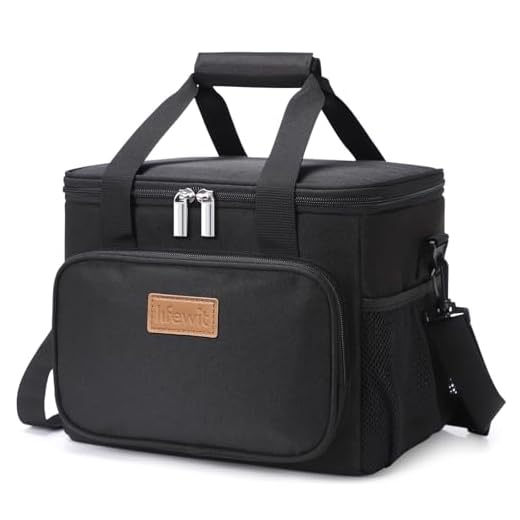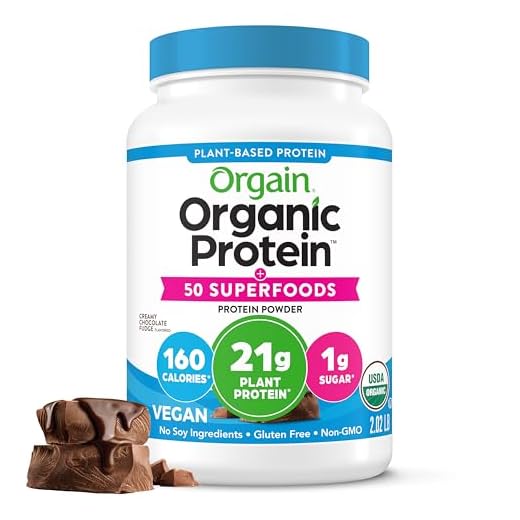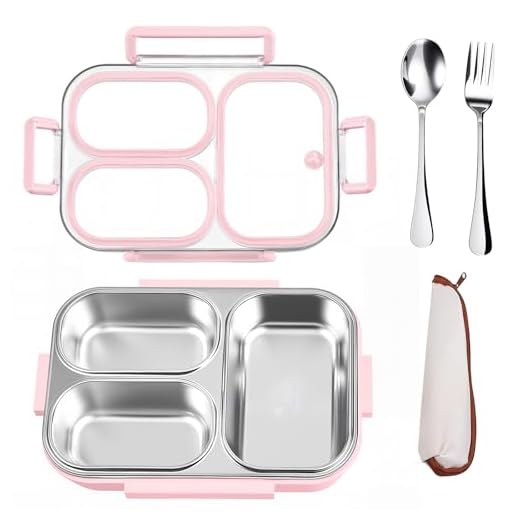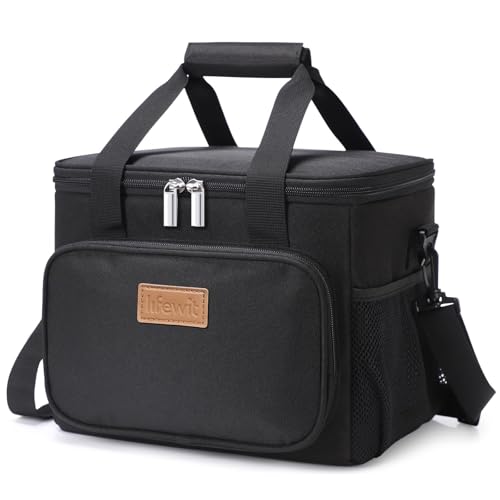
Pack Power. Eat Plants.
You can pack lunches that fuel long work hours. HIGH protein. Plant-based. Quick to make. Tasty to eat. This guide helps you plan, cook, pack, and eat well each day.
What You Need
You need a cooler, reusable containers, a knife and board, a pan or oven, canned beans/tofu/lentils, nuts, seeds, herbs, spices, grains, and basic prep skills.
3 Quick
Plan Your Protein-Packed Week
Why plan? Less stress. More fuel. Want steady energy?Decide your protein goal. Aim for 20–30 grams per lunch.
Check your week. Note your commute and fridge access.
Pick five lunches or three base meals. Plan two proteins per base.
Mix proteins from this list:
Choose grains and veg that hold up. Roast root veg like sweet potato or carrots. Steam quick greens at service.
Set aside two hours on a prep day. Batch-cook proteins and grains first. Chop veg while things cook. Cool food before sealing.
Label with the day and contents. Freeze extras for no-prep weeks.
Pack snacks like nuts or roasted chickpeas. Write simple notes on your shopping list. Buy for meals, not single uses.
Stick to this plan for two weeks. Adjust after you see what you eat. Swap spice mixes to avoid boredom. Use one spice mix per batch. Add acid at service. Keep dressings separate. Use vacuum lids if you have them.
Track what holds best in your fridge. Rotate protein sources each week. Note which meals reheat well. Use cold bowls for salads. Pack a fork and spoon in your bag. Enjoy a steady boost.
Pick Strong Plant Proteins
Beans and tempeh? Yes. Seitan? Even stronger. Curious how to hit targets?Know your protein picks. Use whole foods first. Choose beans, lentils, tofu, tempeh, seitan, nuts and seeds.
Use lentils for speed. Cooked lentils give about 9 g per ½ cup. Pair lentils with rice or salad.
Press tofu before cooking. Fry or bake firm tofu for chew. Freeze tofu once to change the bite.
Slice or grill tempeh. Taste its nutty flavor. Pick tempeh for heft and protein.
Try seitan when you want max protein per ounce. Use it in stir-fries.
Add nuts and seeds for fat and crunch. Stir nut butter or tahini into dressings. Sprinkle hemp or pumpkin seeds to boost grams fast.
Mix grains with beans. Use quinoa as a complete protein. Pick high-protein grain mixes when you can.
Choose soy yogurt for extra protein. Use unflavored or savory protein powders to boost bowls.
Read labels for sodium and additives. Rinse canned beans to cut salt. Keep canned beans for quick packs.
Portion a palm-sized protein serving. Combine textures. Season boldly. Make a small jar of spice rub.
Prep and Batch-Cook Once
Two hours on Sunday saves you hours each day. Want that free time?Cook grains and proteins in large batches. Use the oven to roast many trays at once. Cube tofu. Toss it in oil and spice. Bake until brown. Marinate tempeh or pan-sear for a crisp edge. Simmer dried beans or use a pressure cooker. Add aromatics early: garlic, onion, bay. Salt late if you plan to freeze.
Make dressings and sauces in jars. Keep dressings away from greens until service.
Cool food on racks. Use shallow containers to speed chilling.
Portion and label with date and use-by.
Stack lids loosely until food is cool.
Flash-chill in the fridge for two hours.
Freeze portions you won’t eat in four days. Defrost in the fridge overnight.
Reheat gently to keep texture. Finish with fresh herbs and a squeeze of lemon.
Pack hot foods in an insulated box. Separate wet components with small cups. Keep crunchy toppings in a single small bag.
Rotate one new recipe each week. Take notes on what works and what fails. Tweak portions for easier wins.
Assemble Smart for Travel
Layer like a pro. Want crisp greens and warm grains in one box?Place grains first. Place rice, farro, or quinoa at the base to hold heat and soak sauce. Nest proteins next. Nest lentils, tempeh, or beans beside grains so they heat evenly. Tuck roasted veg between protein and greens. Tuck carrots or peppers to protect texture. Lay leafy greens on top. Lay spinach or arugula last so they stay crisp. Pack wet items in small jars. Seal jars tight so you don’t spill. Dress only at lunch. Keep crunches in a tiny bag. Put seeds or nuts in the bag to protect them.
Use stackable containers to save space. Use insulated boxes for hot meals and cold packs for salads or tofu. Wrap sandwiches in parchment and fold wraps tight. Pack utensils in a clean pouch and pack a small ice pack for dairy-free yogurt. Balance calories: aim for protein, fat, and veg. Keep a small jar of lemon or vinegar. Enjoy steady work.
Reheat, Eat, and Keep It Fresh
Want food that tastes like you cooked it that day? Small tricks, big payoff.Plan how you will reheat your lunch. Know your tools. Pick microwave, skillet, or oven.
Avoid pouring hot dressings on raw greens. Toss at lunch. Pack dressings and crunch separately. Test beans and grains before packing loose sauces so nothing spoils.
Add acid and fresh herbs after heating. Brighten bowls with citrus, chiles, or pickles. Top with nuts or seeds at the last moment for crunch.
Keep a stash of spice blends and salts at work. Rotate proteins and grains to beat boredom. Try a grain bowl, a salad, a wrap, or a jar. Use leftovers as a new meal with one fresh add.
Make a “fast kit”: a jar of sauce and a bag of seeds. Swap one ingredient each week. Note what you liked in a small notebook. Share recipes and trade tips. Keep it fun and simple.
Start Small. Eat Strong.
You now have a plan and tools. Cook once. Pack well. Eat hearty plant protein. Save time. Save money. Feel strong. Repeat. Tune each week for steady work fuel. Ready?













This guide saved my weekday lunches. I started with the ‘Start Small. Eat Strong.’ approach: made 2 protein bowls for the week to test. Pro tip: freeze one if you’re not sure you’ll eat both — thaw in the fridge overnight and reheat.
Only gripe: the soy-free alternatives list felt short-handed. A few more nut/seed recipes would be awesome.
Thanks, Emily — glad ‘Start Small’ helped! Good call on freezing. We’ll expand the soy-free options in the next update and add more nut/seed combos.
If you’re avoiding soy, try lentils + hemp seeds for extra protein. Hemp adds a nutty flavor and boosts protein without being heavy.
Thanks Priya — hemp seeds are a good shout. Never thought of blending them into a dressing for extra protein.
This guide made switching to plant lunches so much simpler. One small rant: the container recommendations were vague. Which size is best for an average lunch?
Thanks — 28 oz sounds perfect. I’ll try that size.